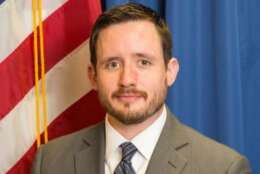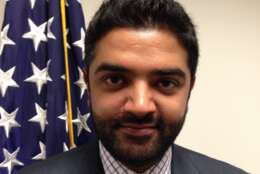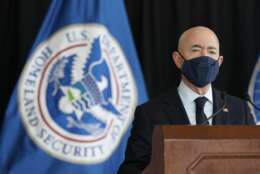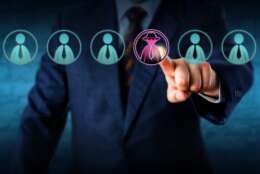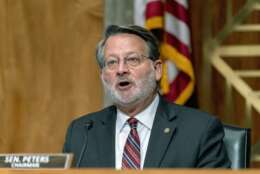Cybersecurity
-
To improve detecting cybersecurity vulnerabilities and incidents, Section 7 of President Joe Biden's cybersecurity executive order requires agencies to deploy endpoint detection and response tools, aimed at proactively detecting incidents.
October 12, 2021 -
In today's Federal Newscast: A new law aims to shed light on the cybersecurity risks faced by American schools. Fewer postal workers recommend taking a job with the agency. The Veterans Affairs Department found over $100 million in savings by getting rid of old technologies.
October 12, 2021 -
SBOM. It sounds like a play on a word you can't say, but it stands for software bill of materials. And that big executive order on cybersecurity from last May urged federal agencies to understand and use SBOMs as part of their risk management efforts.
October 11, 2021 -
Collins, who recently left after four years as the chief information security officer at the Social Security Administration, said one of his biggest accomplishments was hiring or retraining two dozen information system security officers (ISSOs) to work directly with the mission areas.
October 11, 2021 -
GAO looked at agencies' system security plans, the results of security control assessments, remedial action plans and whether or not they followed NIST cybersecurity guidance.
October 11, 2021 -
Kyle Michl, the chief innovation officer at Accenture Federal Services, offers insight into common trends that emerged during the pandemic.
October 11, 2021 -
Steve Grewal, vice president and CTO, Public Sector at Cohesity, joined host John Gilroy on this week's Federal Tech Talk to discuss data management and the IT challenges facing federal technology professionals.
October 11, 2021 -
The Defense Department is outlining the tools and capabilities it will need to stand up its zero-trust program office later this fall, and improve its overall cybersecurity posture.
October 07, 2021 -
The Department of Homeland Security is putting the collective force of its component agencies behind its latest 60-day cyber sprint focused on transportation security.
October 07, 2021 -
Deputy Attorney General Lisa Monaco announced the Justice Department will pursue cybersecurity related fraud by government contractors and grant recipients through the False Claims Act.
October 06, 2021 -
The National Defense Authorization Act is often a grab-bag of sorts for members looking to easily address other legislative priorities with a bill that's considered "must-pass" each year. Here are several provisions in the House-passed NDAA that are worth watching for federal employees.
October 06, 2021 -
The head of the National Insider Threat Task Force says agencies need to collaborate across cybersecurity and insider threat organizations.
October 05, 2021 -
The critical infrastructure Americans rely on every day for power, transportation, water, connectivity and more has reached a perfect storm of vulnerability.
October 04, 2021 -
The bill aims to ensure agencies and contractors are sharing information when they get hit by cyber attacks.
October 04, 2021 -
Getting ID and access management right is important for several reasons. Sean Frazier, the federal chief security officer at Okta points out that the ID and access management “plane” in systems is an attractive place for attackers to gain access to networks and data.
October 04, 2021




